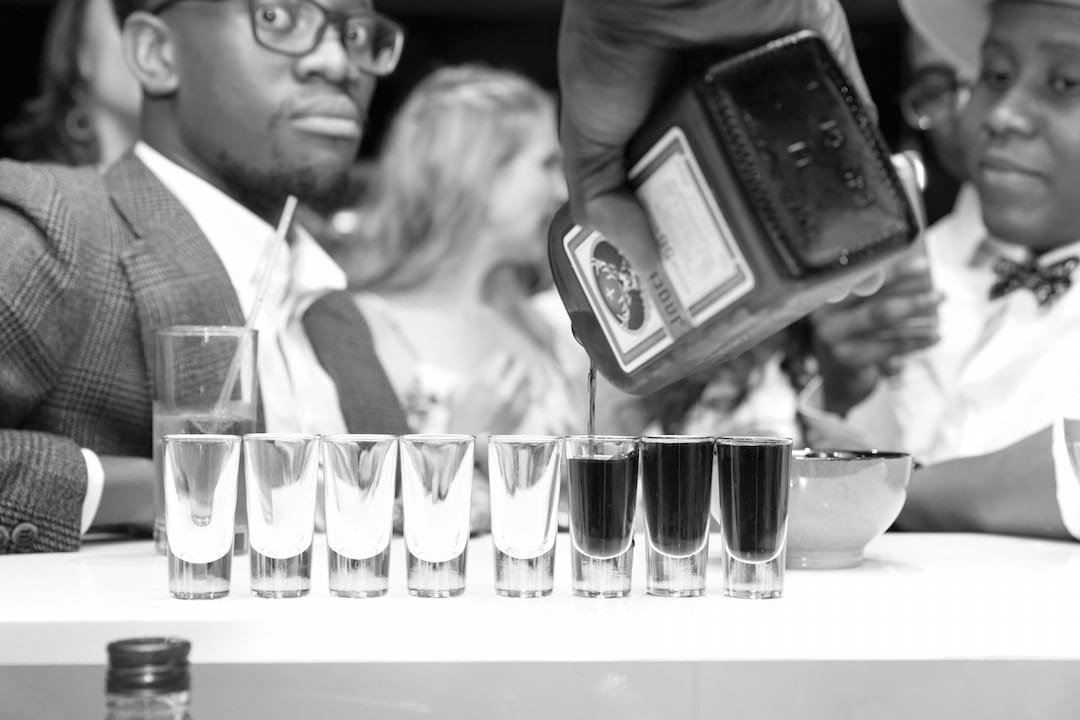DR Rob Gandy I UK

This begs the question about how this has come to be the situation? Therefore, I suggest below some of what I consider to be contributory factors in relation to one particular tipple – Wine:
Consumption
There can be little argument that the consumption of wine in the UK has increased steadily over the years, although consumption per capita is nowhere near that of many of our European neighbours. It is now arguably more popular than beer, and certainly women are more likely to drink wine compared to beer. Research has found that in the past, men were twice as likely as women to drink alcohol, but now there is “sex convergence”, with women drinking similar amounts of alcohol as men2. A contributory factor might be that more of us are spending holidays abroad, where wine is often comparatively cheap and available, and this has given us a taste for it.
Social and Media Acceptance
Experts said that the march of “wine o’clock” had seen daily drinking become the norm for many women, putting them at risk of long-term harm2. How often do we see television programmes or adverts where people are drinking glasses of wine during the day, and these look like mini-buckets which are filled almost to the brim? There won’t be much change out of a bottle when those glasses have been poured! Also, people go out to eat more regularly and drinking wine is more acceptable with a meal, in many cases.
But a reflection of how all-pervasive wine drinking has become is the number of humorous birthday cards and signs/ posters which celebrate (?) the fact that it is a lot of people’s poison of choice? Prosecco is particularly popular in this regard.
Size of glasses
The size of the wine glass is very important, given that it obviously gives you some idea of the amount of wine that you are drinking! There are three standard sizes these days: Small (125ml); Medium (175ml); and Large (250ml)3. A standard bottle of wine is 750ml, and has been since way back. This means that a bottle will fill (approximately) 6 small glasses, 4 medium glasses and 3 large glasses. What has to be borne in mind is that there is one alcohol unit in two-thirds of a 125ml glass of average-strength (12%) wine; half a 175ml glass of average-strength (12%) wine; a third of a 250ml glass of average-strength (12%) wine. Health advice says men and women who drink regularly should consume no more than 14 units a week – equivalent to six pints of beer or seven glasses of wine4. This means that guidance is assuming that people drink medium glasses of wine – and it also means drinking little more than 1.6 bottles a week! How many of your realised that it was THAT low a figure? So if you always pull out a large glass and count it as only one unit then you have decided to happily deceive yourself!
Cheapness and Availability
Memory can be a tricky thing with us boomers, but my clear recollection of the 1970s was that a bottle of wine was something that you only bought occasionally, because it was so expensive comparatively. And it wasn’t so readily available in supermarkets, with their “Get X% off if you buy 6 bottles” offers. I recall that a bottle of wine – and not the classy stuff – would be at least a couple of quid (which is over £10 in today’s money), and you would spend ages staring at the wine rack in the local vintners trying to work out the best balance between what cash you had and how much you wanted to impress the people whose party you were going to. Furthermore the range of available wines was nowhere near what it is today – who had ever heard of South American wines in those days?
The proof of this situation was that many, many of us bought wine-making kits, with all the associated paraphernalia, and stuffed the airing cupboards full with different ones. The downside was that at least one of them would explode and make one almighty mess. Sometimes the cost of replacing the soaked clothes and blankets was more than if you had bought the equivalent amount of wine from the vintners.
——
In actual fact, there is a need for all older people to maintain their fluid intake for the good of their health. The problem is that too many of us think that such fluids should contain alcohol! If you are like me then the wine rack is stocked with a favourite tipple from the last major visit to the local supermarket (i.e. Christmas). So it is so easy to reach for a bottle and simply pour its contents into the largest glass that takes your fancy. (Who buys small wine glasses these days, for heaven’s sake?) Given the above, I ask you to pause a moment and ask yourself if you actually need that drink, and if you do then if you really need so much to drink? Then hopefully you will content yourself with a drink that is consistent with guidelines that mean that it will not damage your health. I’ll drink to that!






